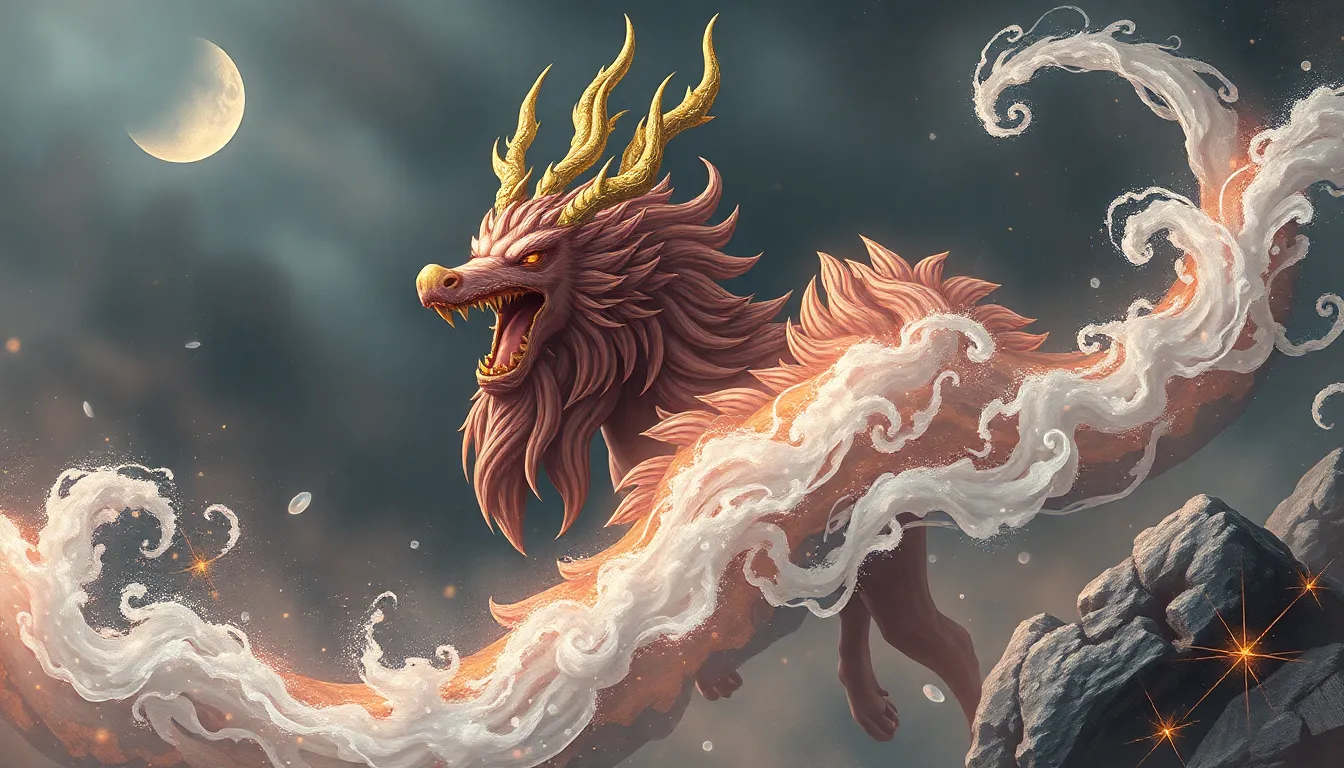1. Introduction to South American Mythology
South American mythology, a vibrant tapestry of beliefs, legends, and rituals, holds an intrinsic connection to the healing practices of its people. For centuries, indigenous communities have utilized mythological narratives to guide their approach to health and wellness, creating a rich tradition of healing practices that continue to influence modern medicine today.
2. The Role of Mythology in Traditional Healing
In South American cultures, mythology provides a framework for understanding the causes and treatments of illnesses. Deities, animal spirits, and mythological beings are believed to play a role in the health and well-being of individuals and communities. These beliefs form the foundation of traditional healing practices, which incorporate ritual ceremonies, herbal remedies, and spiritual guidance.
3. Legends of Healing Deities and Shamans
South American mythology abounds with tales of healing deities and shamans who possess the power to mend physical and spiritual ailments. The Inca sun god, Inti, is known for his healing abilities, while the Mapuche deity, Nguenechen, is revered for his knowledge of medicinal herbs. Legends of shamans, who act as intermediaries between the human and spirit worlds, speak to the importance of spiritual healing in South American cultures.
4. Animal Symbolism and Spirit Guides in Mythology
Animal symbolism plays a prominent role in South American mythology, with various animals representing different healing powers and characteristics. Jaguars, for example, are often associated with strength and vitality, while hummingbirds symbolize healing and rejuvenation. In many cultures, individuals are believed to have animal spirit guides that provide them with protection and healing energy.
5. Plants, Herbs, and Rituals in Healing Practices
South American mythology is closely intertwined with the use of medicinal plants and herbs. Shamans rely on their knowledge of plant properties to create remedies for illnesses. Rituals involving the use of herbs and other natural elements are central to traditional healing practices, often incorporating prayers, chanting, and the invocation of mythical beings.
6. The Influence of Mythical Beliefs on Modern Medicine
South American mythology has had a profound influence on the development of modern medicine. Western medicine has adopted and integrated many traditional healing practices, including the use of certain medicinal plants and herbs. The belief in spiritual healing and the role of shamans has also found resonance in modern alternative and holistic medicine practices.
7. Case Studies of Successful Healing through Mythology
Numerous case studies provide evidence of the healing power of South American mythology. Individuals with chronic illnesses have reported experiencing significant improvements in their health after participating in traditional healing rituals and ceremonies. The use of plant remedies based on mythological beliefs has also demonstrated positive effects in treating various ailments.
8. The Healing Power of Storytelling and Oral Traditions
Storytelling plays a vital role in preserving and transmitting South American mythology. Tales of healing deities and shamans are passed down through generations, ensuring that the wisdom and healing knowledge of ancestors remain accessible to present and future generations. By listening to and sharing these stories, individuals can connect with their cultural heritage and tap into the healing power embedded within these narratives.
9. The Preservation of Indigenous Knowledge through Mythology
South American mythology acts as a repository of valuable indigenous knowledge about the natural world and human health. Traditional healing practices based on mythological beliefs embody centuries of accumulated wisdom and experience passed down from generation to generation. Preserving and respecting this knowledge is crucial for maintaining cultural diversity and ensuring the well-being of indigenous communities.
10. Conclusion: The Enduring Legacy of South American Mythology in Healing
South American mythology remains a vibrant and influential force in the healing practices of indigenous communities and beyond. Its rich tapestry of beliefs, legends, and rituals provides a framework for understanding illness and disease and offers powerful insights into the healing potential of spirituality, nature, and storytelling. By embracing and preserving this ancient wisdom, we can continue to benefit from the healing power that South American mythology holds.
FAQ
1. What is the role of shamans in South American mythology?
Shamans are intermediaries between the human and spirit worlds, possessing the knowledge and power to heal physical and spiritual ailments.
2. How does animal symbolism connect to healing?
Animals represent different healing powers and characteristics in South American mythology. For example, jaguars symbolize strength and vitality, while hummingbirds represent healing and rejuvenation.
3. Can storytelling promote healing?
Yes, storytelling is an integral part of South American mythology and plays a vital role in preserving knowledge and transmitting healing wisdom to future generations.
4. How does South American mythology influence modern medicine?
Modern medicine has adopted and integrated many traditional healing practices based on South American mythology, including the use of medicinal plants and herbs and belief in spiritual healing.
5. Why is it important to preserve indigenous knowledge embodied in mythology?
Preserving indigenous knowledge is crucial for maintaining cultural diversity, respecting the wisdom of indigenous communities, and ensuring the continuity of traditional healing practices.



